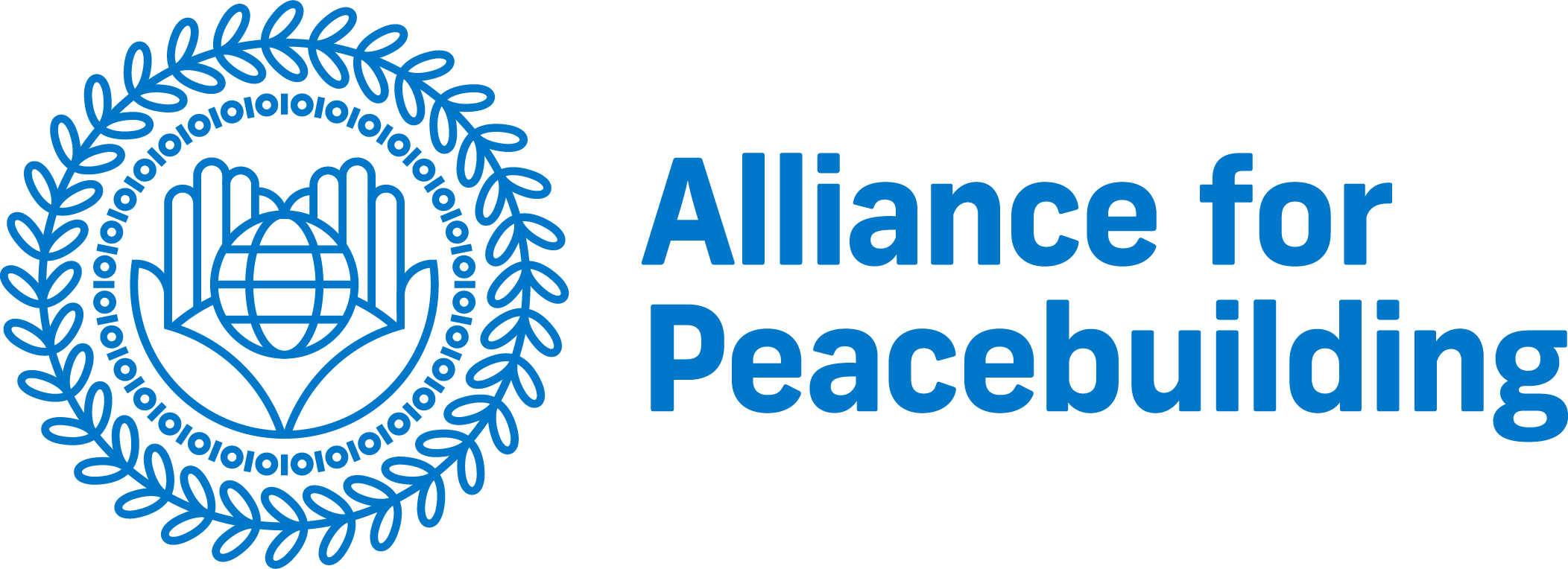Interested in contributing to the CSI Working Group? Reach out to Nick Zuroski to join!
The Alliance for Peacebuilding (AfP), with leadership from Management Systems International (MSI), a Tetra Tech company, and Saferworld, seeks to reinvigorate the former Conflict Sensitivity Working Group and proposes renaming it the Conflict Sensitivity & Integration Working Group. This group will support collective efforts to advance the prevention of conflict, violence, fragility, and “extremism,” as well as on building sustained peace, by integrating conflict sensitivity and peacebuilding into all facets of law, strategy, policy, and programming.
Background
Conflict sensitivity practitioners generally root their field in the work of humanitarians like Mary Anderson and others in the 1990s who analyzed the unintended, often negative, consequences of aid deployed in conflict. The Do No Harm (DNH) framework grew out of this work and is widely recognized as an early precursor to conflict sensitivity. DNH helped establish core principles of conflict sensitive thinking such as that aid is not neutral and will always have an impact on conflict, aid becomes part of a conflict system, and that conflict actors will attempt to manipulate aid to their own ends, but that deliberate aid can be used to minimize divisions and strengthen positive connections. DNH was adopted by international development practitioners and often referred to as a minimum standard—so as to not exacerbate conflict or tensions beyond their current status.
The field of “aid in conflict” grew into conflict sensitivity during the course of the early 2000s as aid agencies and humanitarian, development, and peacebuilding organizations and practitioners grappled with the growing rate of complex crises. The concept and practice of being conflict sensitive grew into a widely accepted expansion on DNH. Implementers and aid agencies alike, now define conflict sensitivity as the understanding of how an organization and the context interact with one another—the impact of the organization (practices, policies, relationships) on the context and the impact of the context (conflict dynamics, socio-political, and economic factors, state fragility) on the ability of the organization to implement and sustain programs. Furthermore, it seeks to maximize potential positive and minimize negative impacts on peace. The Conflict Sensitivity Community Hub (CSC Hub), a network of NGOs in the conflict transformation and peacebuilding space, notes that conflict sensitivity goes beyond DNH, and provides actors a framework and tools to integrate a conflict sensitive lens across all sector programming. Conflict sensitivity principles and tools have been adapted to countless organizational, institutional, and country contexts around the world over the last two decades.
Nevertheless, critiques continue to abound of the aid system and how effective it is in breaking cycles of conflict and crisis and creating peaceful, stable, and resilient societies. The nature and character of power within the aid system is being questioned anew, with a rising movement arguing for shifting the power to local actors which is influencing the system. Indeed, others argue that conflict sensitivity risks becoming a “box ticking exercise” and that it needs to challenge the power imbalances that are at the heart of the aid system.[1]
Within this context, some units within USAID have adopted the term Conflict Integration (CI) to describe perhaps a new approach to working in and on conflict. At a recent forum, USAID described CI as a deliberate effort to integrate conflict prevention across the spectrum of development programming in order to disrupt conflict dynamics. It argues for not just being sensitive to conflict dynamics and avoiding harm, but to understand and disrupt them deliberately. CI argues for a transformative approach to development and peace that recognizes “complexity as the fundamental nature of the conditions in which development agencies function, and treats peace and development issues as inextricably linked. It builds flexibility and adaptive management into all program design, in order to best take advantage of emerging opportunities as well as disrupting risks.” How such an approach to working in conflict looks in practice and sits with conflict sensitivity, prevention and peacebuilding approaches deserves further exploration.
No matter the exact terminology used, all development practitioners can agree that, “to deliver enduring development outcomes, not simply successful activities, [we] must ensure that all its programming—regardless of country context or development sector—builds connections and strengthens local capacities for peace.”[2] However, significant gaps remain in integrating these concepts into government strategies, policies, and funding for programming.
CSI WG: Mission
Support the international development, humanitarian, and peacebuilding communities and law and policymakers to integrate conflict and peace dynamics across all laws, strategies, policies, foreign assistance, and programs.
[1] Responsible Development: A Guide to Conflict Sensitivity. Management Systems International for USAID’s Center for Violence Prevention, December 2020.
[2] Midgley, Tim; Sherine El Taraboulsi McCarthy, Rahma Ahmed; and Alastair Carr. 2022. Beyond Box-Ticking: How Conflict Sensitivity can Shape a More Equitable Aid System, Development in Practice




